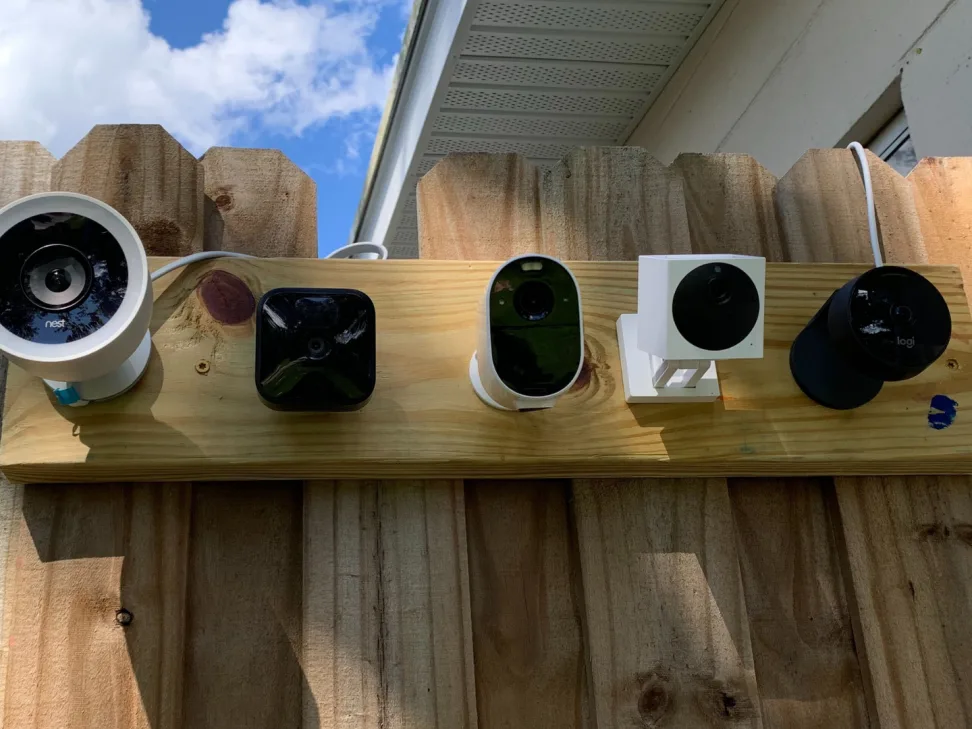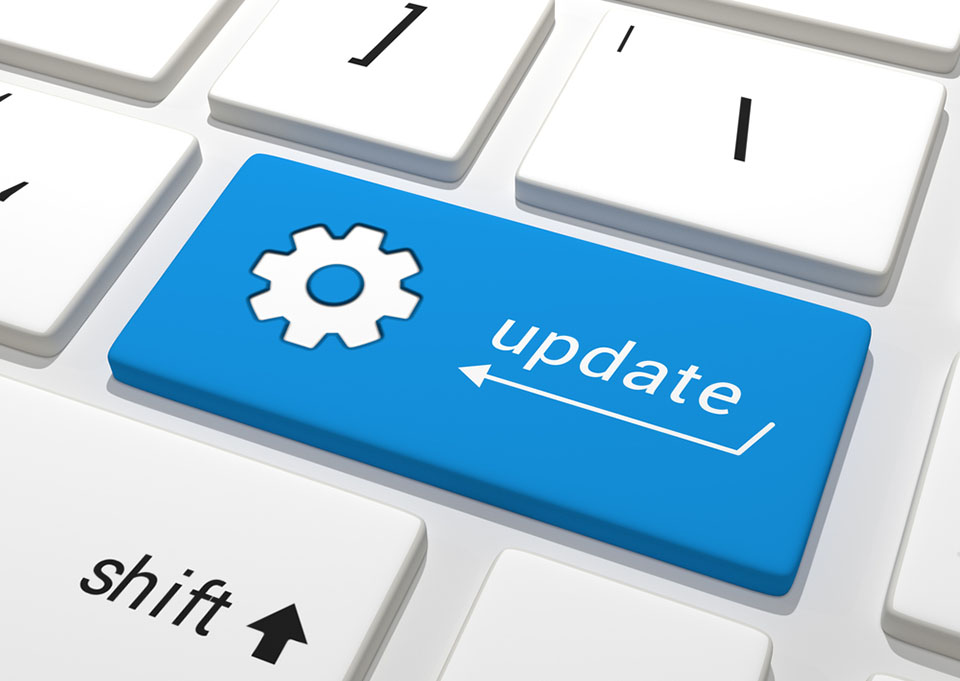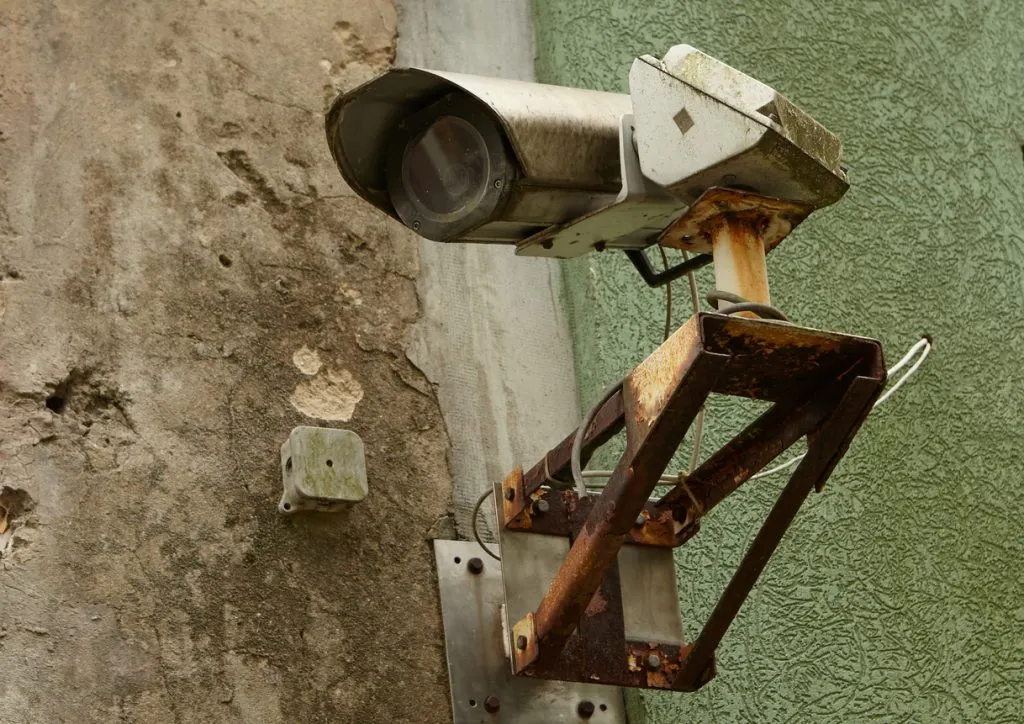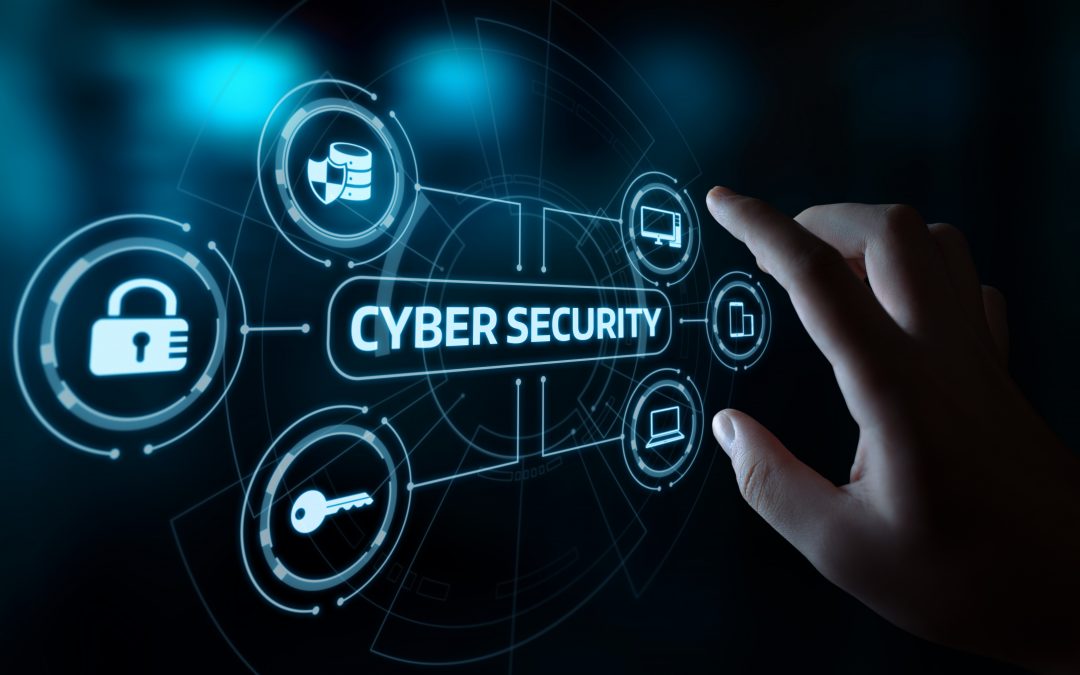Contents
- 0.1 The Importance of Testing and Evaluating Security Camera Performance
- 0.2 Types of Security Cameras Available in the Market
- 1 Check the Camera Resolution
- 2 Test Camera Field of View
- 3 Evaluating Night Vision Capabilities
- 4 Check Motion Detection and Alerts
- 5 Test Camera Connectivity
- 6 Evaluate Storage Options
- 7 Conclusion
Security cameras have become an essential part of our lives, providing us with a sense of security and safety. Whether you use them to keep an eye on your home or business, it is crucial to ensure that the performance of your security cameras is up to par.
The Importance of Testing and Evaluating Security Camera Performance
Testing and evaluating the performance of your security cameras regularly can help you identify any potential issues before they become major problems. By doing so, you can ensure that your cameras are functioning correctly and capturing clear footage when needed.
In addition, testing and evaluation can provide you with peace of mind knowing that your valuable assets are being protected effectively. Additionally, it can help improve the overall efficiency of your security system by making sure that all components are working together seamlessly.
Types of Security Cameras Available in the Market
There are various types of security cameras available in the market today, each with unique features and capabilities:
Indoor Cameras:
Indoor cameras are ideal for monitoring indoor spaces such as homes, offices, or retail stores. They typically offer high-resolution video quality and a wide field-of-view while remaining discrete in appearance.
Outdoor Cameras:
Outdoor cameras have weather-resistant features such as waterproofing, which makes them ideal for outdoor surveillance in harsh weather conditions. They often come equipped with infrared night vision capabilities for low-light environments.
Dome Cameras:
Dome cameras have a unique design that allows them to capture footage from all angles without being noticed easily. They are often installed in public areas such as lobbies or hallways where they blend well with the surroundings.
Bullet Cameras:
Bullet cameras are long and cylindrical, making them ideal for outdoor surveillance. They have a narrow field of view, which allows them to capture high-quality footage over long distances. Choosing the right type of security camera depends on your specific needs.
With so many options available, it’s essential to know what features and capabilities you require to ensure that your security system is efficient and effective. In the following sections, we’ll discuss some ways to test and evaluate your security camera performance so that you can maximize the benefits of your chosen system.
Check the Camera Resolution
Why Resolution is Important
Before we dive into how to check your camera’s resolution, let’s first discuss why it’s important. The resolution of a camera determines the clarity and quality of the images or videos captured. If your camera has a low resolution, it will produce grainy and blurry footage, making it difficult to identify any potential threats.
This defeats the whole purpose of having security cameras in the first place. On the other hand, a high-resolution camera produces clear and detailed footage that makes it easy to identify faces and license plates.
It also gives you a wider field of view without losing detail. So, if you want your security cameras to be effective in deterring crime or identifying culprits when necessary, then having high-resolution cameras is essential.
Providing Tips on How to Check Camera Resolution
Now that you know why resolution is important let’s discuss how to check your camera’s resolution. One way to do this is by checking the specifications on your camera manual or manufacturer website.
These details will tell you what kind of resolution your camera has. Another way to check is by playing back recorded footage on a monitor or computer screen.
You can zoom in and see if there is any pixelation or distortion as you zoom in further. This can give you an idea of how clear and detailed your footage will be if there were ever an incident.
If you don’t have access to playback recorded footage, then observe live footage from different distances for clarity and detail. You can also use an app like IP Camera Viewer app which allows you to remotely view live feeds from multiple cameras at once giving better perspective on image quality.
Keep in mind that there are different types of resolutions available for security cameras such as 720p, 1080p (Full HD), 1440p (Quad HD), and 4K. The higher the resolution, the clearer the image will be, but it also means a higher price tag.
Ensure to choose a resolution that is suitable for your needs and budget. Checking your camera’s resolution is an essential step in evaluating its performance.
It determines how clear and detailed your footage will be, which is crucial when identifying potential threats or culprits. So, take the time to check your camera’s specifications, playback footage and observe live feeds to ensure you have cameras with high-quality resolutions installed for maximum security.
Test Camera Field of View
When it comes to security cameras, one of the most important factors to consider is the field of view. The field of view refers to the area that your camera can capture, or in other words, what can be seen through the lens. A wider field of view means that you will be able to see more of your surroundings and have a better chance at catching any suspicious activity.
To test the field of view, start by placing your camera in its intended location. Once you have it set up, walk around the perimeter and take note of what is visible within the camera’s range.
This will give you an idea of how much area is being covered and if there are any blind spots. It’s important to keep in mind that different types of cameras may have different fields of view.
For example, a dome-shaped camera may have a wider range than a bullet-shaped one. If possible, try out multiple types and see which works best for your specific needs.
Another factor that can affect the field of view is lighting conditions. Make sure to test out your camera during both day and night time to see how much coverage you are getting in each scenario.
If you find that there are significant blind spots or areas that are not being covered by your camera’s field of view, consider adding additional cameras or adjusting their placement until you achieve optimal coverage. By testing out your camera’s field of view beforehand, you can ensure that you are getting maximum surveillance coverage for your space.
Evaluating Night Vision Capabilities
When it comes to security cameras, being able to capture clear footage at night is essential. This is where a camera’s night vision capabilities come into play.
Night vision technology allows cameras to see in low light conditions by using infrared technology or other methods. Without this feature, your camera may not be able to capture important details during nighttime surveillance. Why Night Vision is Important for Security Cameras
Criminals often operate under the cover of darkness, and having a security camera with good night vision can provide valuable evidence for law enforcement agencies to identify and apprehend suspects. Additionally, cameras with poor night vision may produce unusable footage that could potentially harm your case in court. How to Evaluate Night Vision Capabilities
To test the night vision capabilities of your security camera, start by turning off all lights in the area you want to monitor. Then, review the footage produced by your camera when it’s set to its lowest light level settings.
Look for any areas of the image that appear fuzzy or blurry. This could be an indication that your camera’s infrared LEDs are not working properly or that there is too much ambient light interfering with the infrared sensors.
You should also check for “hot spots” in the image – areas where there appears to be large amounts of white or green noise on screen. This can indicate that your camera’s infrared LEDs are too powerful and need adjustment.
Make sure that any objects in motion appear clearly visible on-screen during nighttime recording. If you notice any motion blur or pixelation when reviewing these recordings, you may need to adjust your camera’s shutter speed or frame rate settings.
Having a security camera with reliable night vision capabilities is crucial for ensuring round-the-clock protection and peace of mind. By following these simple tips, you can ensure that your security system will perform effectively day or night.
Check Motion Detection and Alerts
The Importance of Motion Detection in Security Cameras
Motion detection is one of the most essential features to have in a security camera. It helps in identifying any movements within its field of view and triggers alerts or recordings accordingly. When a motion is detected, the camera instantly informs you via push notifications on your mobile device or email alerts.
The purpose of motion detection is to reduce the amount of time you spend monitoring the cameras – you can’t always be watching live footage all day long, so motion detection does that for you. Having motion detection capability saves energy and storage space because it will only start recording when movement is detected.
So how do we make sure that it’s working correctly? There are different ways to test it, but some common ones are blocking part of the screen with something like a piece of paper and then moving an object in front of that part to see if the alert activates accordingly.
Testing Motion Detection Alerts
After making sure that your camera’s motion detection function is turned on, it’s important to test if it sends out alerts when motion happens where it shouldn’t be happening. This step ensures that your system is working correctly and is fully equipped to keep an eye on suspicious activities around your property.
You can test this by simply walking through its field-of-view while holding an object like a ball or a book. This should trigger an alert, which will then send a notification directly to your device via email or push notification depending on what you have enabled for your device.
If nothing happens after walking through its FOV even though everything seems normal, try adjusting the sensitivity settings. The goal here is not only to ensure that alerts work but also to avoid false alarms triggered by things like swaying plants in windy weather conditions.
Tips for Testing Alerts
When testing motion detection capabilities, it’s important to check the camera’s detection zone and sensitivity settings. Make sure that these are set correctly according to your specific needs. Additionally, it’s worth mentioning that different cameras have different alert options.
Some allow you to receive push notifications or emails while others integrate with smart home automation systems and can trigger alarms or turn on lights when motion is detected. Make sure you’re familiar with the capabilities of your camera and know how to customize alerts based on your preferences.
If you have multiple cameras installed, make sure you test each of them individually to ensure that they all work as intended. A malfunctioning camera can be a blind spot in your security system and could compromise the safety of your property.
Test Camera Connectivity
The Importance of Connectivity in Security Cameras
Connectivity is an essential factor when it comes to security cameras. A security camera that isn’t connected to the internet or has a weak signal is useless since you won’t be able to monitor the footage remotely. Moreover, connectivity issues can lead to missed events, video buffering, or even lost footage, which could compromise your security.
There are many types of connectivity options available for security cameras such as Wi-Fi, Ethernet cables, cellular networks, or power over Ethernet (PoE), and each one has its benefits and drawbacks. Therefore, it’s crucial to understand which connectivity method works best for your needs before purchasing a security camera.
How to Test Camera Connectivity
Testing your camera’s connectivity is relatively easy and straightforward. Here are some tips on how you can test your camera’s connectivity:
1) Check Signal Strength: To ensure your Wi-Fi connection is strong enough for your camera, check the signal strength of the network where you plan to install the camera. You can use a smartphone app like Wi-Fi Analyzer or Network Analyzer Lite.
2) Test the Connection Speed: You can test the speed of your connection by accessing any website from a device connected to the same network as your security camera and measuring how long it takes for that website to load fully.
3) Check Distance Between Router and Camera: The distance between router and camera affects connectivity too.
Try moving closer or further away from the router if you experience issues with buffering or video loss.
4) Check Ethernet Connection: If using an Ethernet cable connection instead of Wi-Fi, make sure it’s properly connected at both ends.
Testing your camera’s connectivity is vital in ensuring optimal performance for surveillance purposes. By following these tips above on how to test connectivity problems with ease and efficiency will help prevent any potential hazards caused by connectivity issues, such as footage loss or interrupted monitoring.
Evaluate Storage Options
The Importance of Storage Options
Another major factor to consider when testing and evaluating your security camera performance is the storage options available for your cameras. After all, what good are high-quality cameras if you cannot store and access the footage captured by them? There are several different storage options available in the market, each with its own pros and cons.
Different Storage Options for Security Cameras
One of the most popular storage options for security cameras is cloud-based storage. Cloud-based storage allows you to store your footage remotely on secure servers, which means you can access it from anywhere at any time as long as you have an internet connection. The main advantage of this option is that it frees up space on your local device, ensuring that your devices operate smoothly without any significant delay due to excessive data.
Another option is a Network Attached Storage (NAS) device that connects directly to your network and stores the footage locally. This option allows you to keep all of your footage within your local network, giving you full control over who has access to it.
However, this option requires some technical knowledge as setting up a NAS device can be challenging. A third option is using an SD card or micro SD card (depending on the camera model).
This option is only feasible if your cameras support external memory cards and do not require constant monitoring or rotation of memory cards. It’s important to note that most SD cards have a limited lifespan based on read/write cycles, so they may need frequent replacements.
How To Evaluate Storage Options
When evaluating storage options for security cameras, there are several key things you should consider. First, think about how much space you will need based on how often you will be recording and how long data needs to be stored before being overwritten or archived. Secondly, consider whether remote access via mobile app or web browser is essential to you, as this may require cloud-based storage options.
If you prefer to keep control of your footage and access it locally, then NAS or SD card storage may be more suitable. Consider the security features offered by each storage option.
Ensure that the storage facility is secure enough to prevent unauthorized access or tampering with your footage. If you choose cloud-based storage, make sure that the company uses end-to-end encryption and has a solid reputation for data privacy.
Evaluating different storage options available for security cameras is crucial in ensuring that you have reliable and accessible footage when needed. Consider factors such as cost, convenience, security features when selecting a suitable option for your needs.
Conclusion
It is essential to test and evaluate the performance of your security cameras regularly. Security cameras are an investment in your safety and protection, and ensuring that they work as intended can make all the difference in preventing crime or identifying criminals.
By following the tips outlined in this article, you can perform thorough testing and evaluation of your security cameras to ensure they are performing optimally. Checking camera resolution is critical for getting clear visuals of any incidents that occur on your property.
A high-resolution camera provides sharp images that allow you to identify people and objects more easily. Testing field of view helps ensure that every area you want to be monitored is being captured by the camera.
Evaluating night vision capabilities is particularly important if you intend to monitor the premises at night or in low light conditions. Motion detection alerts can alert you when there’s unusual activity on your property, allowing you to take action quickly if necessary.
Checking connectivity helps ensure that your security cameras are properly connected to your network, so they’re accessible from anywhere with an internet connection. Evaluating storage options ensures there’s sufficient space available for storing video footage.
By following these steps regularly, you’ll not only have peace of mind knowing that your security cameras are working correctly but also be assured that any incidents captured will result in high-quality footage. Remember always to take care of regular maintenance for longer life performance for better outcomes.
Overall, investing time into testing and evaluating the performance of your security cameras demonstrates a proactive approach towards safety measures on your property. It’s always better safe than sorry when it comes to protecting yourself, family or business from potential danger or thefts – so don’t underestimate testing!











